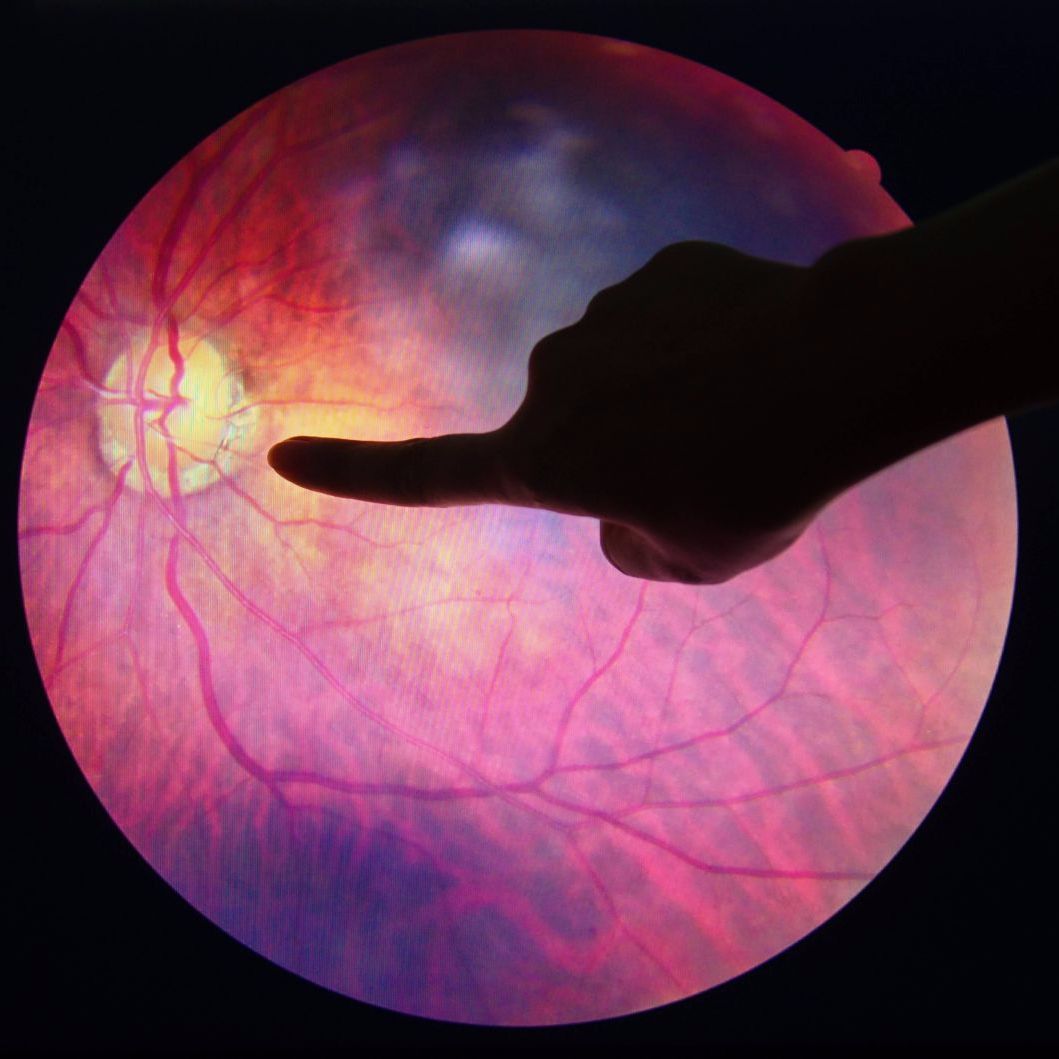Article
Combining Deep Learning Algorithm to AREDS Severity Scoring Improves AMD Tracking
Author(s):
Investigators reported an overall mean estimation error ranging from 3.47% to 5.29% in five-year outcomes for patients with AMD.

The binary judgment capabilities of deep learning (DL) algorithms may actually complement the common severity stratification scale used for age-related macular degeneration (AMD) diagnosis in informing a patient on their five-year disease outlook.
In a new study conducted by researchers at the Johns Hopkins University, investigators conducted analysis of 13-plus years of data from participants of the Age-Related Eye Disease (AREDS) four- and nine-step scoring for AMD eligibility criteria and severity scale scoring, respectively. They then attempted to develop automated methods that would implement the metrics of both AREDS testing criteria with DL algorithms to automatically evaluate severity of AMD and risk of progression to advanced AMD in patients based on fundus photographs.
Investigators hoped this combination of testing would alleviate physician burden of quickly and efficiently identifying individuals at different levels of risk of disease progression among the patient population.
The AREDS scoring scales, developed by the National Institutes of Health, differ in that the four-step scale is used in public domain to identify individuals with intermediate- or advanced-stage AMD who might be referred for more monitoring of its development; the nine-step scale is a refined combination of a drusen area scale and pigmentary abnormality scale.
“This detailed grading of fundus images can be time-consuming and likely limited to highly trained fundus photograph graders,” investigators wrote. “Given the complexity of the 9-step scale, in the absence of trained graders (eg, from fundus photograph reading centers), most physicians probably do not use the AREDS detailed AMD severity scale.”
The DL algorithms included in the analysis were deep convolutional neural networks (DCNNs), which use various computational layers that perform convolutions and nonlinear activation operations to identify image features that represent the original fundus image at various levels of abstraction.
Investigators used 3 DL-based methods to infer five-year AMD risk in individuals directly from the fundus image as input. These methods included soft prediction, hard prediction, and regressed prediction.
The study included 4613 participants of the AREDS data set, featuring 67,401 color fundus images.
Investigators reported the results of the four-step classification had machine performance comparable to ophthalmologist testing, while the nine-step classification similarly reported a “substantial agreement with the criterion standard.” They reported weighted κ scores of 0.77 for the four-step scale and 0.74 for the nine-step scale. Overall mean estimation error for participant five-year risk ranged from 3.47% to 5.29%.
“In aggregate, preliminary findings suggest that DL methods may help in fine delineation of fundus and OCT, which also may help refine retinal diagnostics,” investigators wrote. “Furthermore, similar to the 4-step scale, these findings suggest that the 9-step scale from DL may be used in the public domain to screen individuals with referable AMD with greater granularity of predictability for progression to advanced AMD as well as for use by ophthalmologists assessing risk of AMD in an individual beyond that provided by the simple scale.”
They added that the greater predictive capability of the nine-step scale may make it more appealing for clinicians to assess new therapy efficacy in small sample sizes. Preliminary results show promise, they concluded, for future use of DL to assist physicians in tailored risk assessment plus disease progression in clinical trial settings.
“Deep learning may also eventually be used for public screening or monitoring in developed and developing countries worldwide that could assist in referring individuals to a health care practitioner when indicated and feasible,” they noted.
The study, "Use of Deep Learning for Detailed Severity Characterization and Estimation of 5-Year Risk Among Patients With Age-Related Macular Degeneration," was published online on JAMA Ophthalmology.



